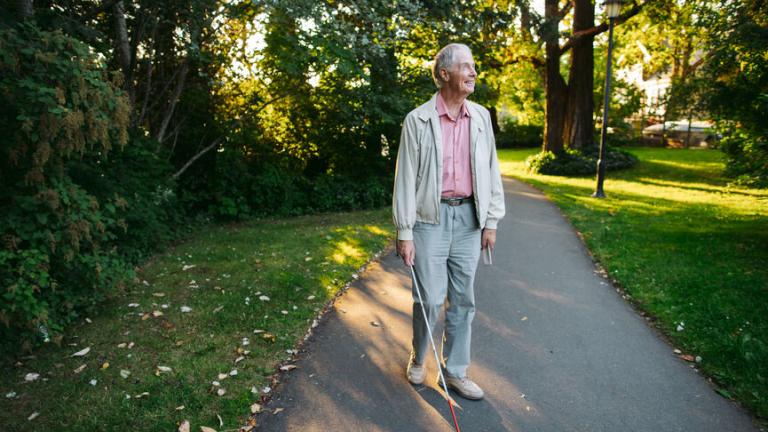Going to the prom is often a rite of passage for teenagers, and yet many young people with differences don't get to go to prom because their schools or support programs don't sponsor prom events. That's where the Tim Tebow Foundation comes in. Every year the Foundation hosts "Night to Shine" events all over the country and world, where people over the age of 14 with differences can come to get their hair and make up done, get their shoes shined, ride in a limo, dance the night away, and be crowned King or Queen of the Prom. It's a very special program and this year it takes place on February 7th.
You can check out highlights from last year's event in the video below, and we'll be updating this post as we get highlights from this year's event in the coming days. Given the popularity of last year's events, which drew 100,000 people, this year's events are likely to draw 115,000 guests with disabilities and 215,000 volunteers.
Looking to find an event near you? Check out this year's event locations here.




